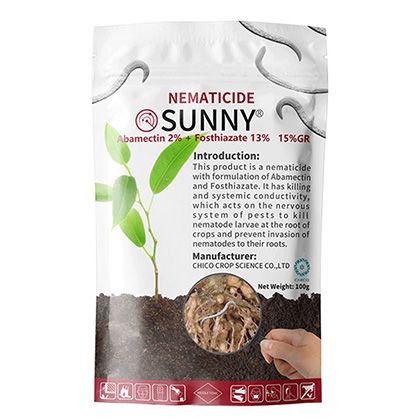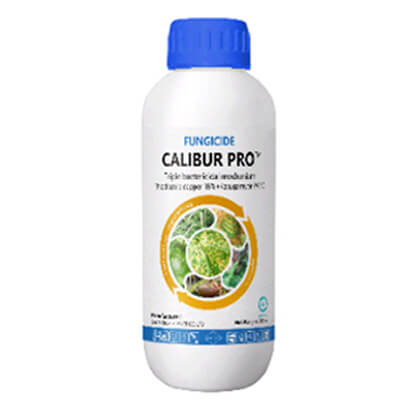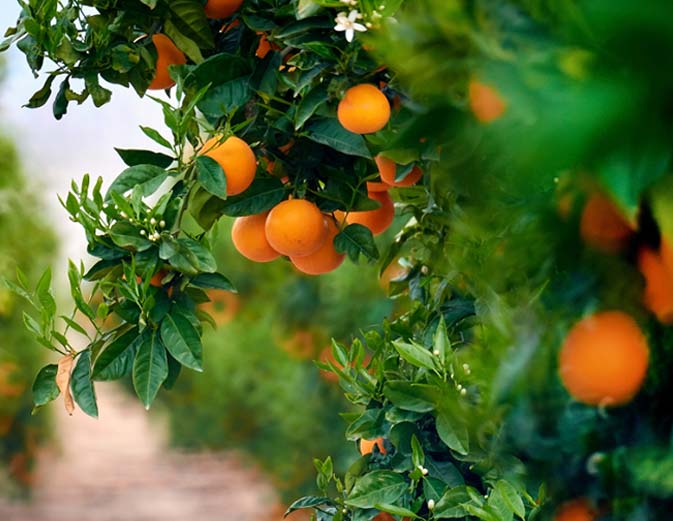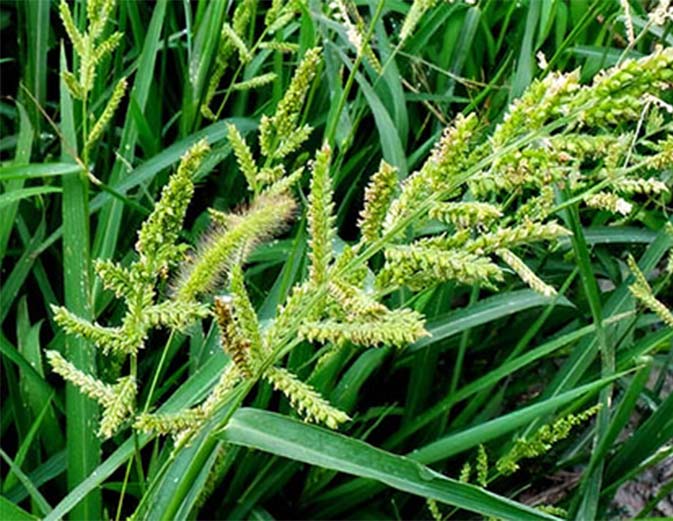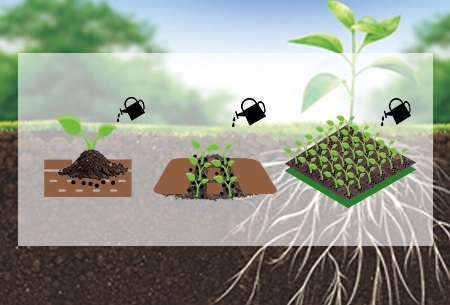
The Role of Amino Acid Fertilizer in Plant Growth
Fertilizer is an important agricultural production material. Reasonable fertilization, especially the rational application of chemical fertilizers, is an important technical measure to increase crop yields, improve quality and protect the environment. To achieve reasonable fertilization, it is necessary to master the basic principles of fertilization. Then let's learn about amino acid fertilizers. Amino acids are the basic units of animal protein. Without protein, there is no life. More than 20 kinds of amino acids are involved in the formation of all biologically active substances and all physiological activities in animals. In the history of the development of amino acid technology, amino acids not only play a pivotal role in animals, but also play an important role in plant growth.
Amino Acid Fertilizer
Amino acid fertilizer is a fertilizer made of amino acids as the main ingredient and a certain amount of organic or inorganic nutrients. This fertilizer has many advantages, including providing comprehensive nutrition, improving plant disease resistance and improving plant quality.
There are many kinds of amino acids, the most common ones are glutamic acid, glycine, phenylalanine, serine, methionine, etc., as well as polymers such as polyaspartic acid and polyglutamic acid. There are also many amino acid fertilizers on the market. According to the raw materials, they can be divided into plant-based amino acid fertilizers and animal-based amino acid fertilizers; according to the added organic and inorganic nutrients, they can be divided into amino acid organic fertilizers, amino acid mineral fertilizers, amino acid organic and inorganic compound fertilizers, etc.; according to the fertilizer application method, they can be divided into amino acid water-soluble fertilizers, amino acid foliar fertilizers, amino acid compound fertilizers, etc.; according to the fertilizer form, they can be divided into amino acid liquid fertilizers and amino acid solid fertilizers.
The following points should be noted when using amino acid fertilizers: First, amino acid based fertilizer cannot be mixed with calcium fertilizers to avoid precipitation; secondly, if the main raw material is monosodium glutamate scraps, because most of the raw materials contain ammonium sulfate, try not to mix them with calcium fertilizers when applying; finally, if the plant lacks essential amino acids, amino acid-containing fertilizers can be applied to supplement.
The Role of Amino Acid Fertilizers in Plant Growth
Amino acids can be directly and quickly absorbed and utilized by plants, with the characteristics of fast absorption, quick effect, and good effect, which can promote the absorption of other fertilizer nutrients in the soil by plants.
Amino acids can enhance the resistance of plants to various adverse environments, such as high temperature and strong light, low temperature and freezing damage, drought and flood, wind and rain, diseases and insect pests, etc., and reduce the problems of yellow leaves, wilting, rotting, and dead plants in adverse environments.
Amino acids can prevent, alleviate, reduce or eliminate the phenomenon of green and yellowing leaves on plants, promote plant growth and development, and play a role in promoting roots, strengthening seedlings, strengthening plants, increasing yields, and improving quality, so that plants grow better and bloom and bear better fruits.
Amino acids are green, pollution-free, and residue-free functional fertilizers. They will not cause any pollution or damage to the soil, but can improve and maintain the soil to a certain extent.
In summary, amino acid fertilizer products have multiple functions in plant growth, such as providing nutrition, promoting growth, and improving stress resistance.




